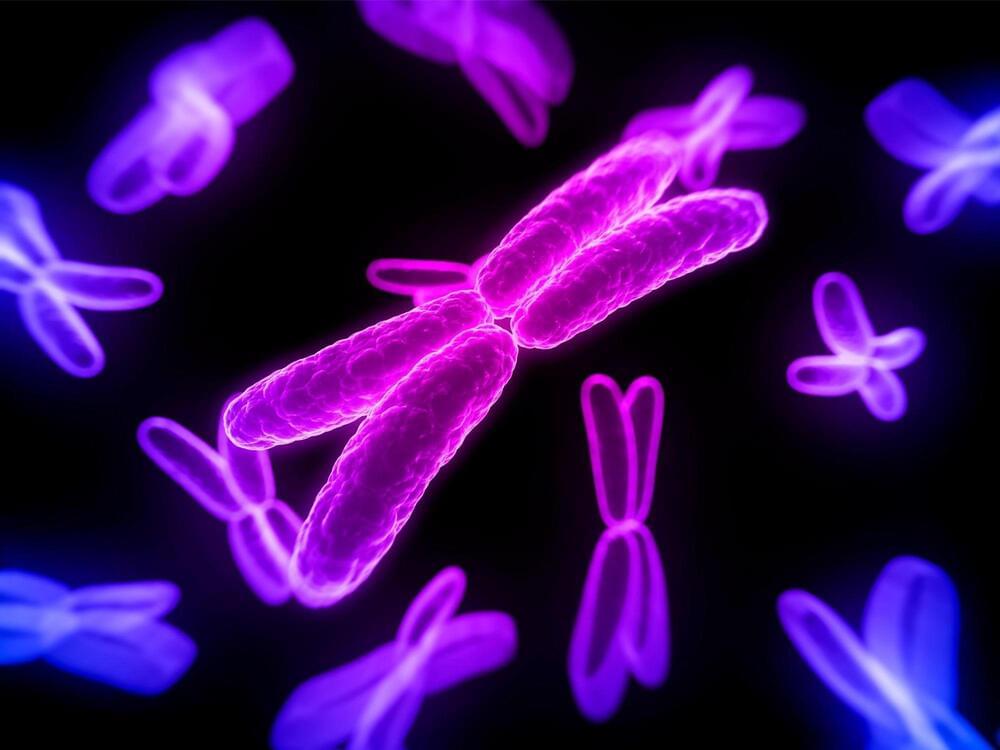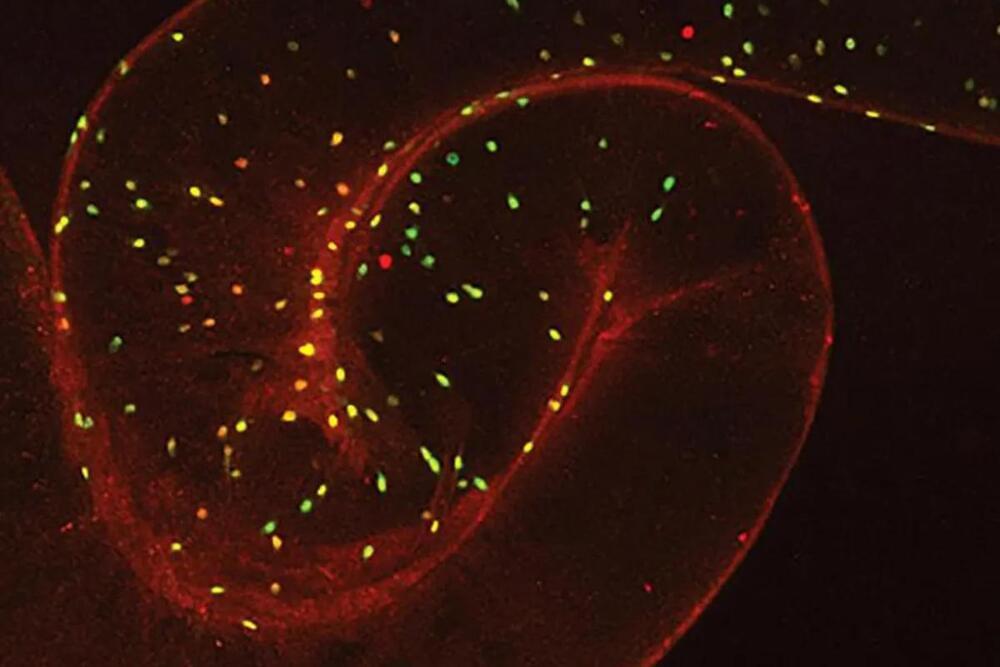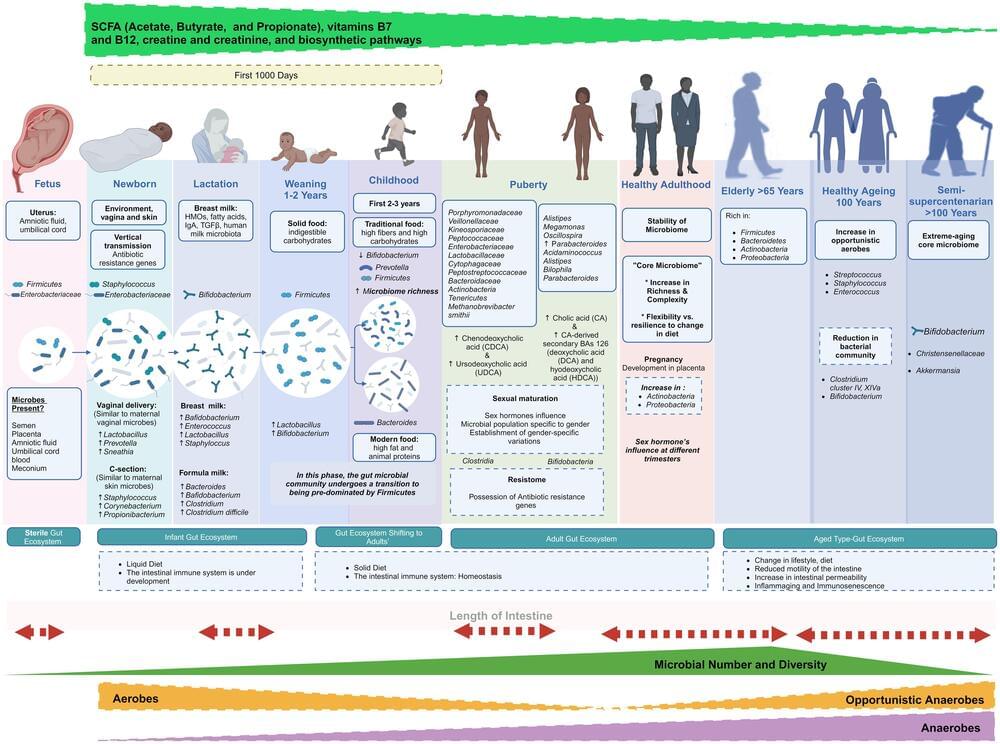Title: Creating a persona for ChatGPT or other generative AI models serves several important purposes:
See…
I’ve been exploring the development of deep persona for the past few days.
I’ve been fascinated by GenAI ever since ChatGPT-3 came out last year. I’ve found it incredibly useful for brainstorming and speeding up the development of tools and processes. It generally covers the basics, allowing me to concentrate on more advanced topics and specifics based on context and experience.
When starting with GenAI, two of the worst habits I see is that most people either treat it as a search engine replacement or ask non-specific questions.
It might be my Product Management background, but, I have found that the best way to start with AI is creating a persona for it. The benefit of using a persona is that it gives the AI context on the experience and knowledge it should have and the type of output you expect. For example, if I ask it to “write me a story about user login” without a persona, it would write me a short story about a user logging into an app and probably encountering a problem. However, if I say “As a Product Owner, write me a story about user login,” then it will take the intuitive leap to write me a User Story about user login.








